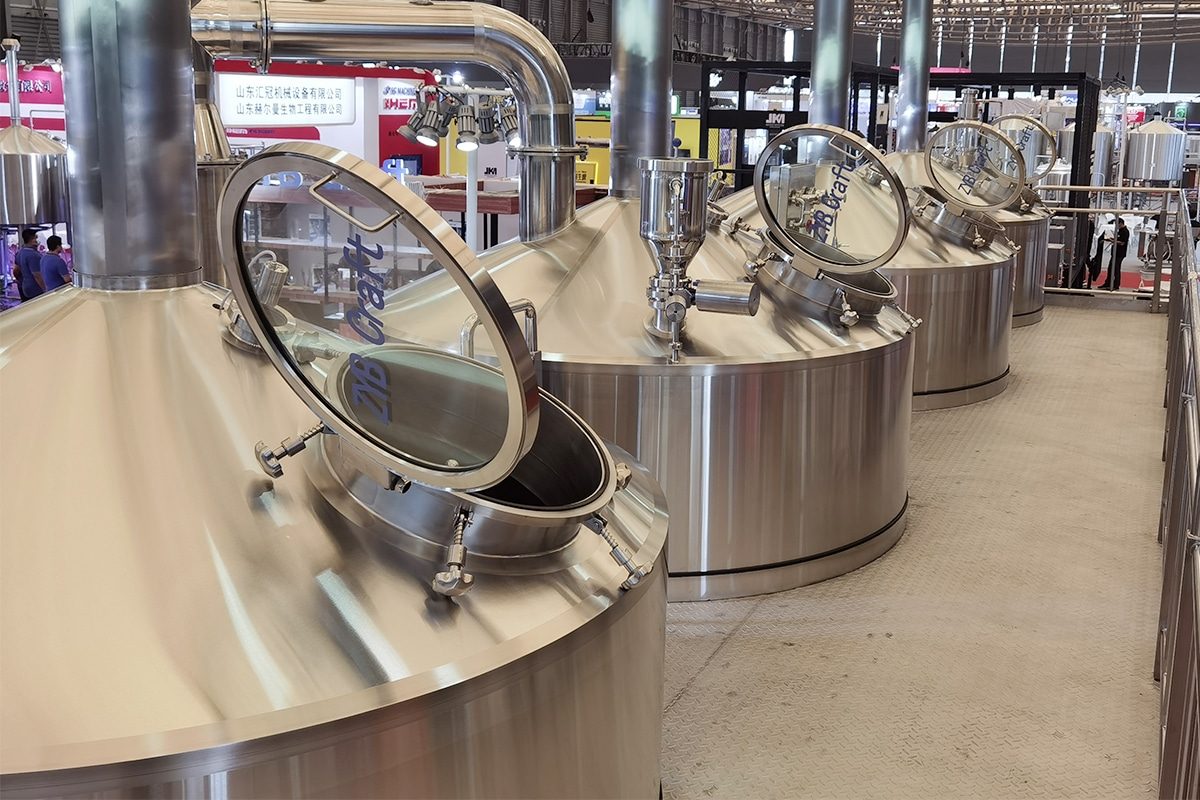
Demystifying Brewery Equipment Costs: A Comprehensive Guide
Embarking on the journey of setting up a brewery is an exciting adventure that comes with countless considerations, not the least of which is the cost of brewery equipment. From the brewhouse to the fermentation tank, every piece of equipment plays a vital role in the beer brewing process. This comprehensive guide is designed to explore in detail the costs associated with brewery equipment. We’ll unpack the complexities of brewery equipment costs, exploring types of equipment, factors that impact its cost, hidden fees, budget considerations, and cost-saving strategies.
Brewery Equipment Costs Comprehensive Guide
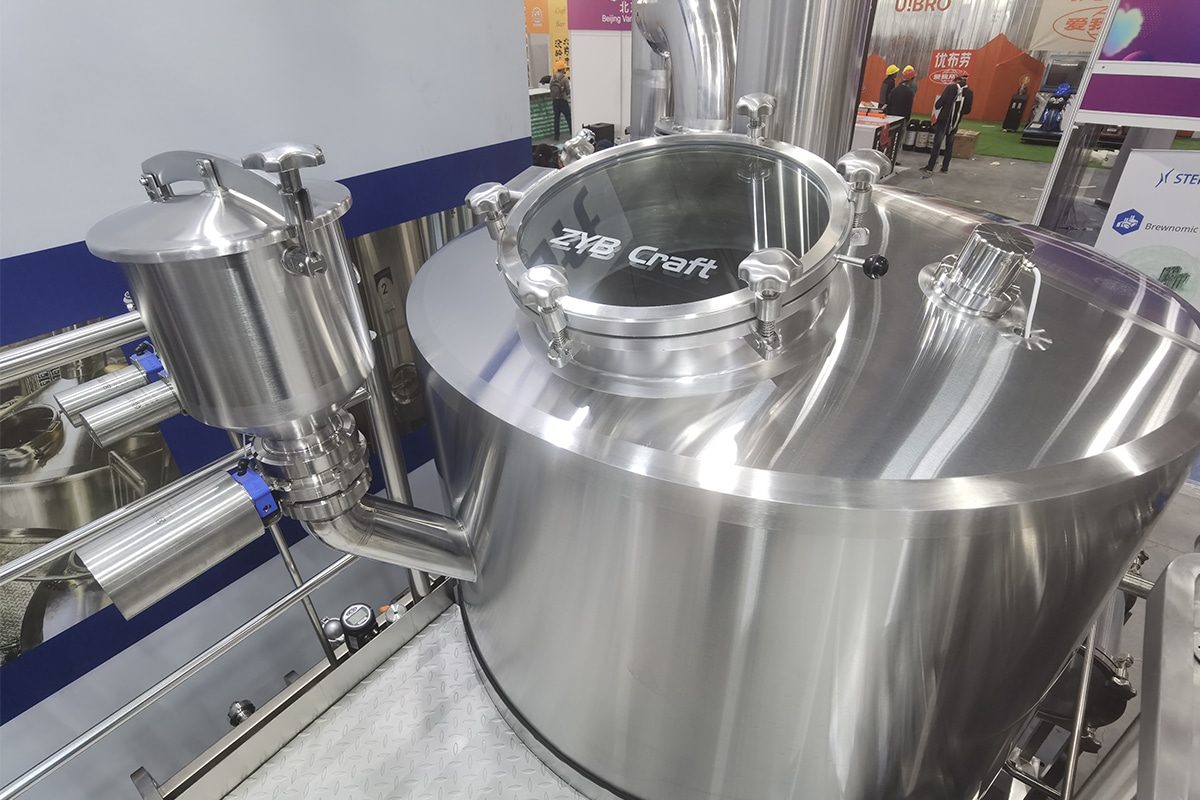
Types of Brewery Equipment
Grinding Equipment
The grinding equipment is the unsung hero of the brewing process, responsible for breaking down sprouted grains into a form suitable for brewing. The cost of grinding equipment ranges from $2,000 for basic manual grinding to $10,000 for automated high-capacity grinding. Brewers typically consider capacity, level of automation, and grinding efficiency when selecting grinding equipment.
Brewhouse Equipment
The heart of every brewery is the brewhouse equipment, where water, malt, and hops begin to be transformed into beer. The cost of brewhouse equipment varies greatly based on size, materials, and features. Small breweries may invest $10,000 to $30,000 in reliable brewhouse equipment, while larger breweries may spend upwards of $50,000 on high-volume automation systems. In addition, the choice of direct fire heating brewhouse equipment or steam heating brewhouse equipment, and the choice of stainless steel or copper materials will have a significant impact on the cost.
Fermentation Tank
The fermentation tank is where yeast works its magic, transforming wort into beer. The fermentation tank comes in different materials (such as stainless steel or copper) and different capacities to meet the different needs of breweries. The fermentation tank costs range from $3,000 for a small fermentation tank to up to $100,000 for a large, specialized fermentation tank equipped with cooling jackets and other advanced features. The fermentation tank’s materials, the addition of cooling or insulation features, and the total capacity all affect the final cost. Additionally, stainless steel is a popular choice due to its durability and corrosion resistance.
Bright Tank
The bright tank, often referred to as a conditioning or serving tank, serves as the final stop in the beer production journey before it reaches the eager glass of the consumer. Its primary function is to clarify, carbonate, and condition the beer after the fermentation process, ensuring it attains the desired flavor profile, carbonation level, and clarity. Basic bright tanks with manual controls and standard fittings may be more budget-friendly, starting at $3,000. The bright tanks with advanced features such as automated temperature control and integrated carbonation systems may range from $20,000 to $50,000.
Cooling System
After the brewing process, the beer needs to be cooled quickly to control the fermentation process. The cooling system, such as a glycol cooler, is critical to achieving this goal. The cost of a cooling system can range from $5,000 to $20,000, depending on the size of the brewery and the number of fermentation tanks that need to be cooled.
CIP Equipment
Ensuring a hygienic brewing environment is crucial. Depending on the size of the brewery and cleaning efficiency requirements, the cost of CIP equipment (including pumps, hoses, and cleaning solutions) typically ranges from $2,000 to $30,000. Investing in high-quality CIP equipment is a preventive measure that saves potential maintenance costs and ensures final product consistency.
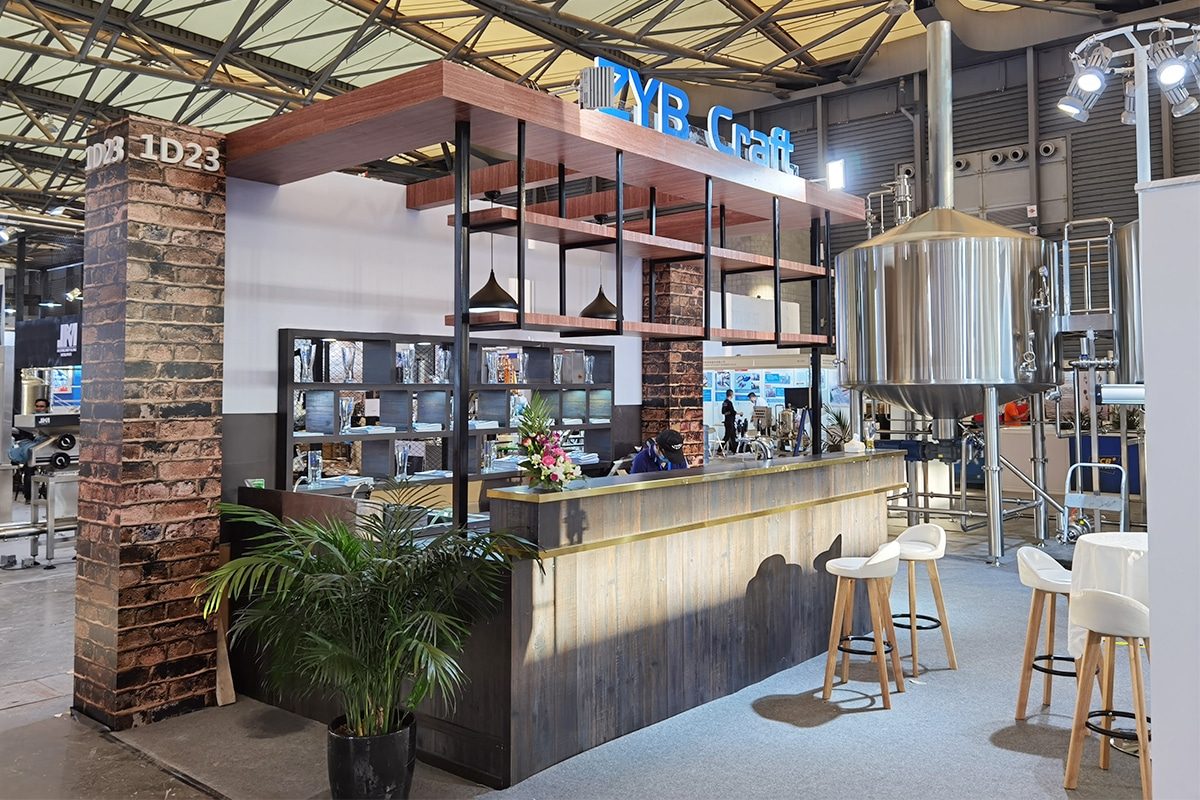
Factors Affecting Brewery Equipment Costs
Brewery Equipment Capacity
The size of your brewery can significantly affect equipment costs. Small breweries producing less than 15,000 barrels per year may invest $150,000 to $300,000 in equipment. Craft breweries with a production capacity of 15,000 barrels to 6 million barrels are expected to cost between $300,000 and $1,000,000. The value of a commercial brewery producing over 6 million barrels could exceed the $2,000,000 mark. Scaling up typically results in a proportionate increase in costs due to larger equipment and increased production capacity.
Brewery Equipment Features
The functionality of brewery equipment plays a vital role in determining the cost. Automated brewing systems, while initially more costly than manual systems, can increase efficiency and reduce labor costs in the long run. Automated brewing systems range in price from $50,000 to $1,000,000, depending on complexity. Special features such as precise temperature control or pressure fermentation can add complexity and cost to the equipment, so the long-term benefits need to be considered when investing in advanced features.
Brewery Equipment Materials
Material selection significantly affects the cost of brewery equipment. Stainless steel is the most common material for brewing equipment because it is durable, corrosion-resistant, and easy to clean. Copper is prized for its aesthetic appeal, but is less common and generally more expensive. The choice of material may affect the cost by 10% to 20%, with 304 stainless steel being the more economical choice.
Brewery Equipment Design
Some breweries choose custom-designed equipment to enhance their brand image and meet specific production needs. Custom designs can result in higher costs because they often require specialized manufacturing and can cost 30 to 50 percent more than standard equipment. But for some breweries, the uniqueness and branding associated with custom equipment justifies the additional expense.
Brewery Equipment Supplier
Supplier selection plays a critical role in determining equipment costs. Older suppliers with a reputation for quality may charge higher prices, while newer or regional suppliers may offer more competitive prices. Costs need to be balanced against the vendor’s track record and customer reviews to make an informed decision. Additionally, building strong relationships with suppliers, negotiating prices, and exploring package deals can result in significant cost savings.
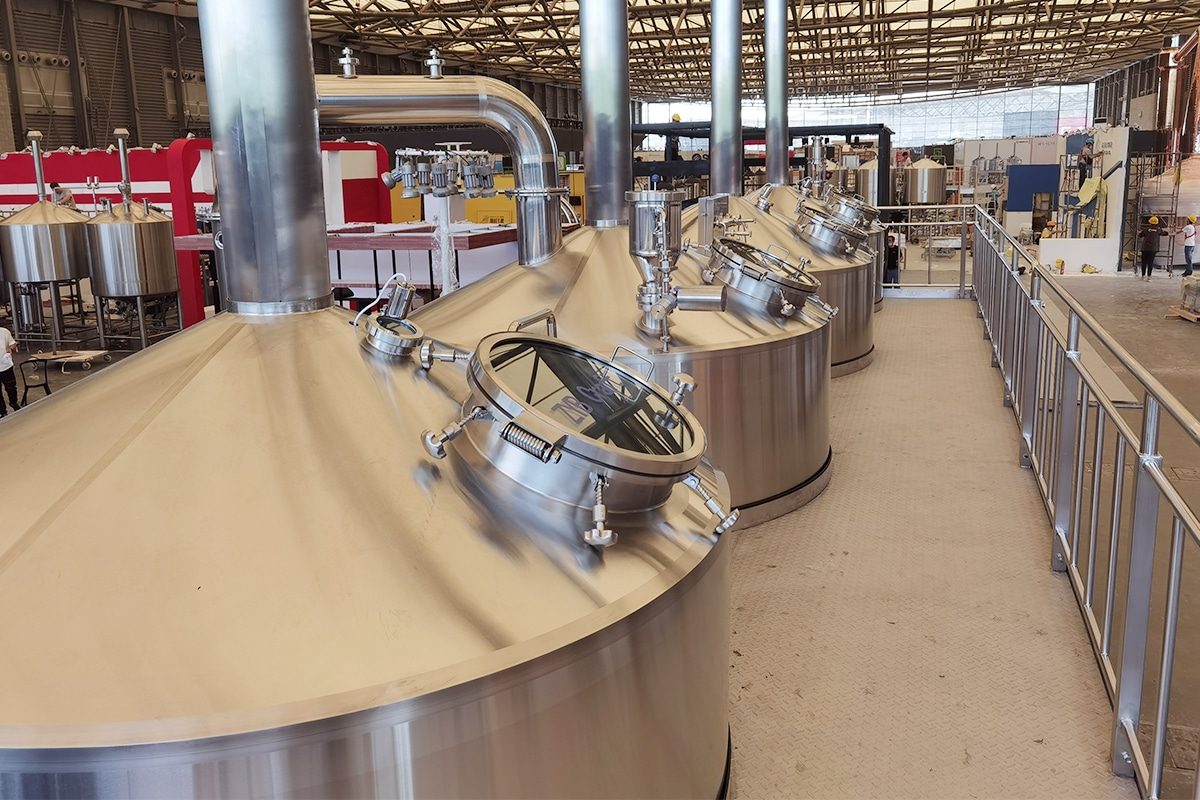
Hidden Costs And Operating Expenses
Installment And Debugging
The brewery equipment journey doesn’t end with purchase, installation and commissioning are critical steps. Installation and commissioning can add 10% to 20% to the total cost and include professional installation services, utility connections, and rigorous system testing. Incorporating these costs into your budget can help create an accurate financial plan.
Regulatory Compliance And Licensing
Complying with various local, state, and federal regulations is a necessary but often underestimated aspect of opening a brewery. Licensing fees, inspection fees, and compliance-related fees can vary widely but are all an important part of starting a brewery. It would be prudent to budget at least 5% to 10% of the total equipment cost to ensure compliance.
Training And Staffing
Proper training of brewery employees helps to operate efficiently and produce high-quality beer. Training costs, including courses and materials, range from $5,000 to $20,000. Additionally, wages and benefits for skilled brewers should be included in the operating budget.
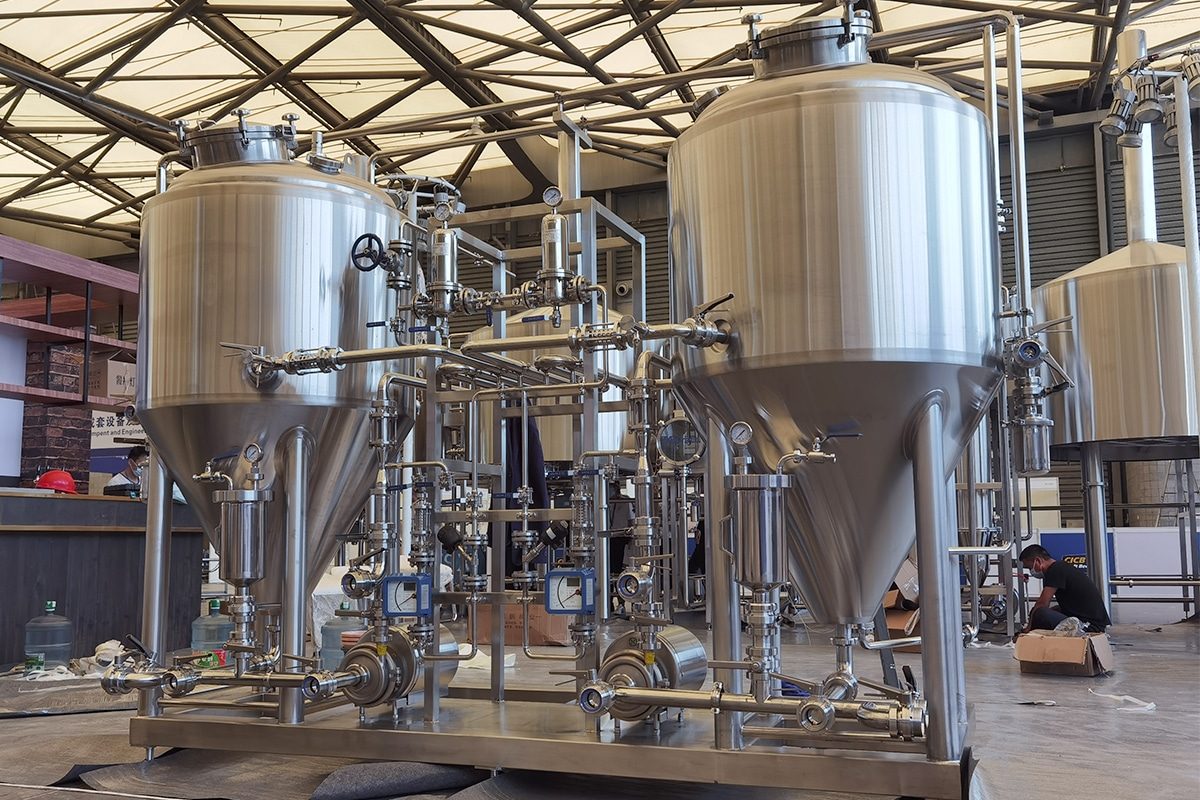
Balancing Budget And Brewery Equipment Performance
Prioritize Necessary Equipment
Identify the core equipment critical to starting operations and prioritize the procurement of this equipment. While it’s tempting to invest in the latest gadgets and advanced systems, focus on the essentials first, thereby reducing the initial cost. As the brewery grows and generates revenue, additional equipment can be purchased.
Quality Over Quantity
Investing in high-quality equipment may have a higher upfront cost, but it will pay off in the long run. Durable, well-built equipment reduces maintenance costs, increases efficiency, and ensures consistent product quality. Balancing the initial budget with the long-term benefits of quality equipment is a strategic move.
Efficiency And Automation
Efficient brewery equipment is an investment that pays off in the long run. While automation, energy-saving systems, and state-of-the-art technology may have a higher initial cost, they help increase production efficiency, reduce operating costs, and improve product quality. Over time, increased efficiency and consistency in production can offset the initial investment.
Life Cycle Cost Analysis
Rather than just focusing on upfront costs, breweries should conduct a lifecycle cost analysis. This approach takes into account the total cost of ownership, including maintenance, energy consumption, and potential upgrades over the life of the equipment. It provides a more comprehensive view of the impact of investments on the economy.
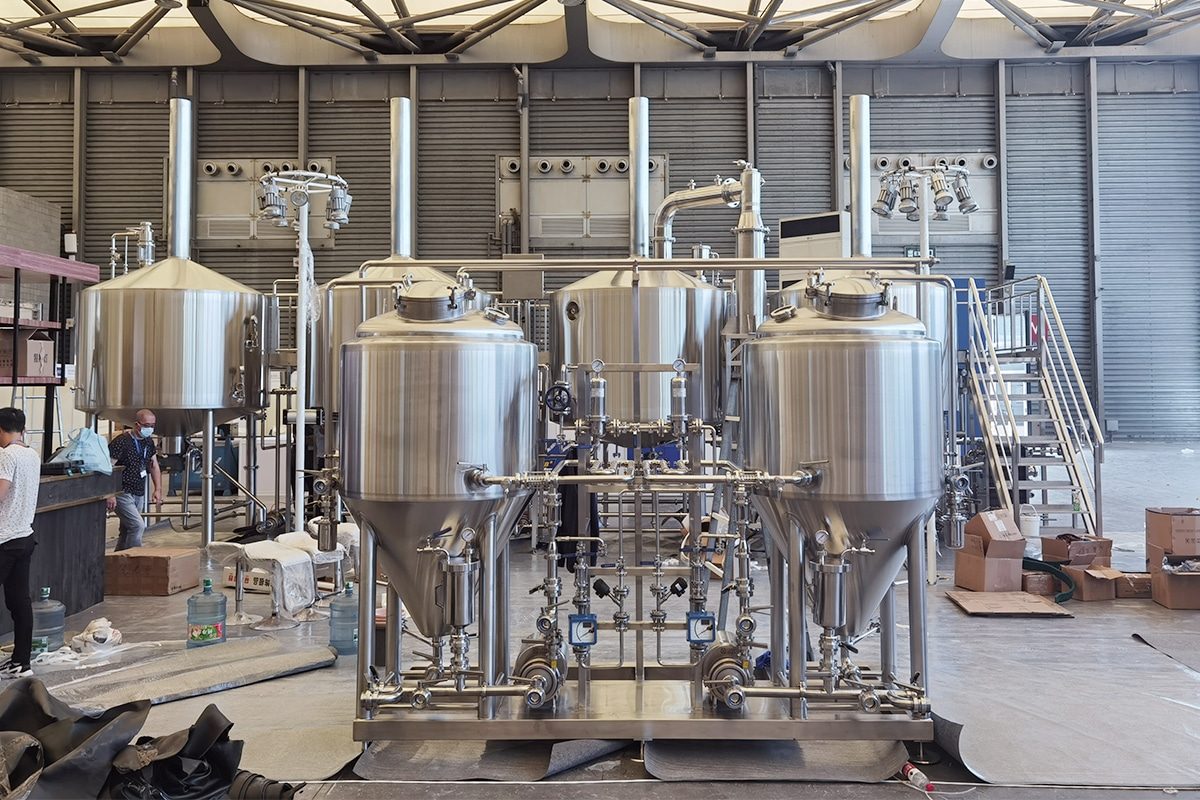
Cost Saving Strategies
Buy Used Equipment Wisely
Consider purchasing some used equipment. While some items, like fermentation tanks or kegs, are often in good condition on the second-hand market, other items, like brewhouse equipment, can pose risks if not inspected thoroughly. Buying equipment from a reputable source and having the equipment professionally evaluated can save you a lot of money without compromising on quality.
Explore Equipment Rental
For those looking to manage their cash flow more efficiently, leasing equipment may be a viable option. Leasing gives brewers access to the latest technology without a large upfront investment. However, the long-term costs and commitments associated with a lease agreement must be considered.
Collaborative Brewing Space
Co-op or contract brewing spaces allow brewers to share facilities and equipment, reducing individual costs. This approach is particularly beneficial for startups with limited capital. Brewers have access to state-of-the-art equipment without having to purchase, maintain, and operate an entire brewing facility.
Improve Energy Efficiency
Investing in energy-efficient equipment may require a higher upfront cost, but can result in significant savings over time. From efficient brewhouse equipment to advanced refrigeration systems, considering long-term operating costs can guide brewers to make sustainable and cost-effective choices.
Negotiate And Build Relationships
Building strong relationships with equipment suppliers can lead to favorable prices and terms. Negotiating bulk purchases, discussing payment plans, and exploring discounts for long-term commitments can contribute to significant cost savings.
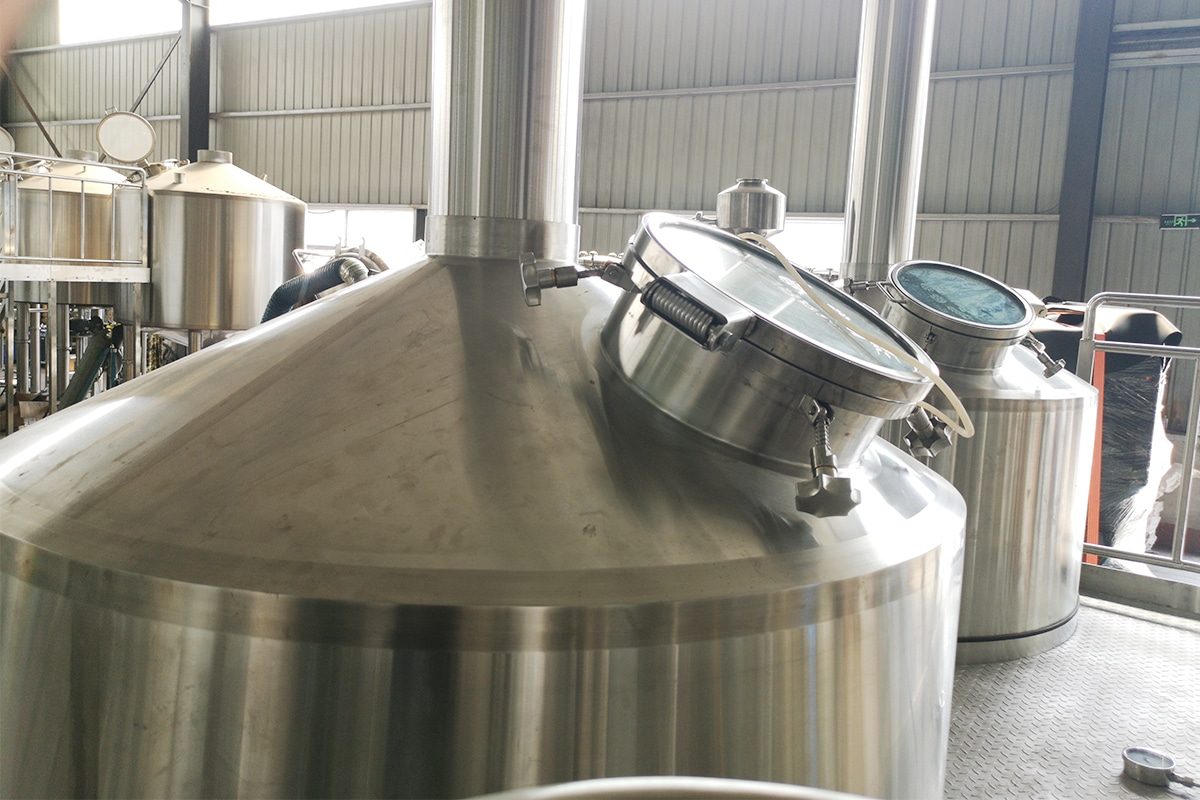
Conclusion
In the complex world of brewing, understanding the costs associated with equipment is akin to mastering the craft of brewing great beer, a delicate process that requires foresight, knowledge, and careful consideration. The nuances of brewery equipment, from brewhouse equipment to fermenters, require a meticulous approach to balancing budget constraints with the pursuit of excellence.
Aspiring brewers can navigate the complex landscape of brewery equipment expenses by comprehensively exploring equipment types, understanding the factors that impact cost, and implementing strategic cost-saving measures. The process can be challenging, but with careful planning and a commitment to quality, breweries can thrive and offer customers more than just a drink, but a carefully crafted experience born of passion and dedication.
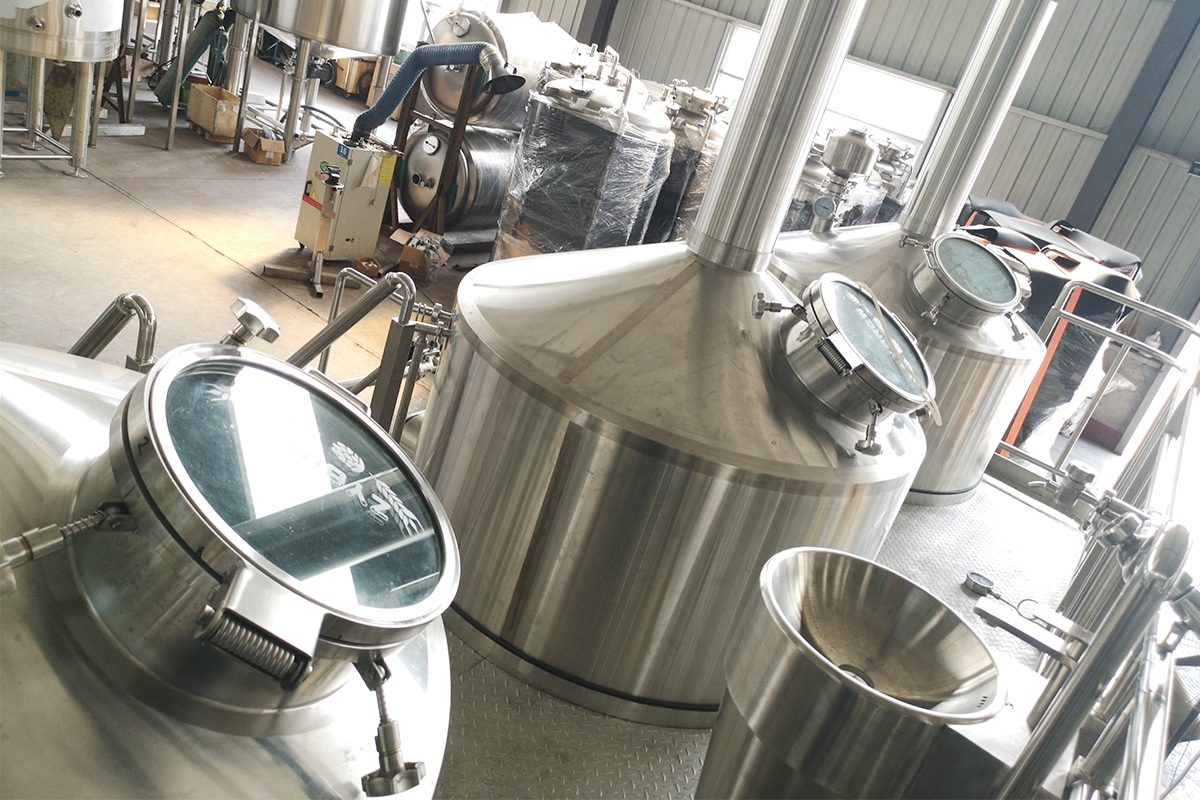
Your Complete Turnkey Solution for Brewery Equipment
At ZYB Craft, we understand that the cost of brewery equipment is not just a financial investment, it’s an investment in your brewing legacy. Our turnkey solution is designed to guide you seamlessly from the initial consultation to the triumphant moment of completing your first batch of beer. We take pride in being more than equipment providers, we are partners in your brewing success. If you’re ready to turn your brewery dreams into reality, consult with us today. From the first conversation to the clinking of glasses celebrating your inaugural batch, ZYB Craft is here to support and empower you every step of the way. Cheers to the beginning of a remarkable brewing journey!



